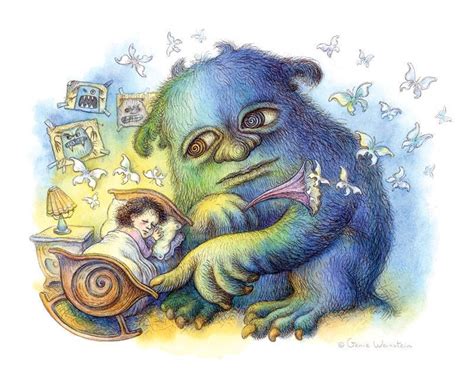Sometimes I imagine human character to be like timbre. All sounds have timbre, which is the result of the combination of different frequency characteristics. This unique combination gives the sound its unique character. Synthesizers are great teachers of this principle in how they allow one to combine different frequencies, sound waves, and wavetables to generate different timbres with different fundamentals, harmonics, and overtones.
Technically, all natural timbres contain all frequencies. This literally means that when you play Eb, you are also playing Bb, and G, and Gb, and so on–all the notes. However, the Eb will be the dominant sound overall, the fundamental. Some timbres emphasize notes other than their fundamental a little more and may be called harmonically rich. Some timbres deaden harmonics severely. This does not mean they sound bad. They will sound different than the harmonically rich timbres. Actually, in some cases it is easier to work with them than with the harmonically rich timbres.
But let’s not get too deep into the analogy.
The human experience is an emotional experience. We are feeling beings which (hopefully) think. Barring brain damage, every person has every emotion inside themselves. And every person is hiding aspects of his/her emotions, mostly from ourselves. We literally limit parts of our human experience. This is almost always done without noticing it. It may be done for protection, and/or it may be done in a sense as part of our conditioning, whether from that of a larger culture, a local culture, or (critically) the nuclear culture we were raised into. It is this variable palette of expression and repression of emotions that create our character.
(Also, while all sounds have unique timbre, this timbre can and does change. It can change and evolve on its own; it also changes when it meets other sounds. The timbre of any sound and/or instrument will be a single, usually dynamic, waveform. When many are combined together to make song, that song is still a single, dynamic waveform representative of the combination of sounds. I think this is also an applicable analogy to human experience.)
Let’s have a little fun and take this in another direction.
Emotions that we deny or repress have the tendency to show themselves in one way or another. Probably the most common way is through projection, where we put these difficult emotions onto something else. Kind of like the pastor who rails against homosexuality in the pulpit or the politician who supports anti-LGBT measures and who later are found engaged in homosexual acts. That case is sort of extreme, however. A simpler example on the same theme would be a person who is sexually denied and gets offended or embarrassed by sex toys. On another line, how about people who seem to keep their cool all the time but who find passive ways to act out (e.g. are passive aggressive) or who suddenly explode and greatly overreact? There are variable degrees of projection. While the extreme ones can be flat out dangerous, all of them essentially continue to limit our integrated wholeness.
In order to grow and develop, we must come to recognize all these different emotions within ourselves and accept them, even the difficult ones. We befriend them, come to love them even. Children’s tales give them monsters that are representative of difficult emotions, onto which the emotions are projected. With the help of family and friends, the children can learn that the monsters are not to be feared. The stories don’t stop when we become adults, and indeed for a while we continue to need cultural acceptance of these difficult emotions in order to accept them ourselves and to integrate them. At some point in our development, we may no longer need outside parties to sanction the acceptance of and integration of denied/repressed emotions. But it’s not likely we will ever integrate them all fully.
Art, including music, we know is a way to help express and connect with emotions. We even know of therapies designed with this specifically in mind: bibliotherapy, music therapy, journaling, art therapy in the form of painting… Some therapists have built a practice around getting patients to write stories. The same can be done with songwriting. The individual sounds make us feel certain ways. The songs make us feel certain ways. Exploring sounds can be a way to acknowledge, express, and/or explore our own emotional landscape. We can support it with words, or we can leave words out of it, cutting out the middleman in a sense. (Though I know the middleman himself can be the catalyst.) We can conjure ogres and destroy them. We can build bubblegum cities and skate through them. We can immerse ourselves in focused, dystopian futures or relaxed, mountaintop bamboo forests. Each will be representative of part of our human experience. So go wild. Explore. See what you can discover. See how you can grow, and oh the places you’ll go.

